For a perfect run, every detail has to be correct – right from the start! An athlete can only unleash maximum power in those critical first meters if their technique is absolutely right. KiSprint, the instrumented starting block from Kistler, measures the force curve during sprint training, and a laser records the athlete’s speed. KiSprint also calculates performance data automatically to provide valuable knowledge about the starting and acceleration phases – bringing athletes one step closer to perfection with each run.
Peak sports performances depend on tailored training methods that must be continually optimized in response to each athlete’s needs. In biomechanics, accurate knowledge of movement patterns and force curves is essential for performance analysis. Kistler force plates use piezoelectric sensors to capture biomechanical data that athletes, coaches and sports scientists can view directly on screen. The benefits: immediate analysis of performance capability and training efficiency, improved technique and movement, fewer injuries, and optimized recovery. So it’s no surprise that our measuring solutions are used in almost every sporting discipline on all continents – either as individual components or complete turnkey systems.

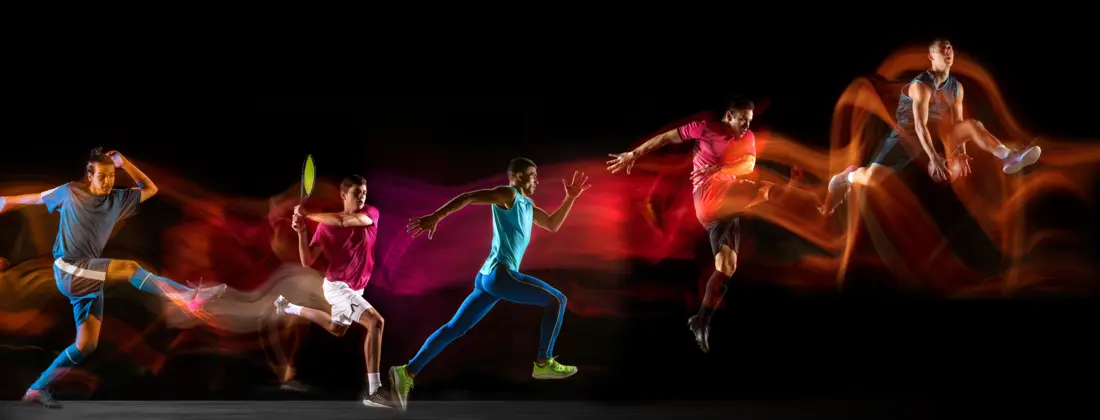
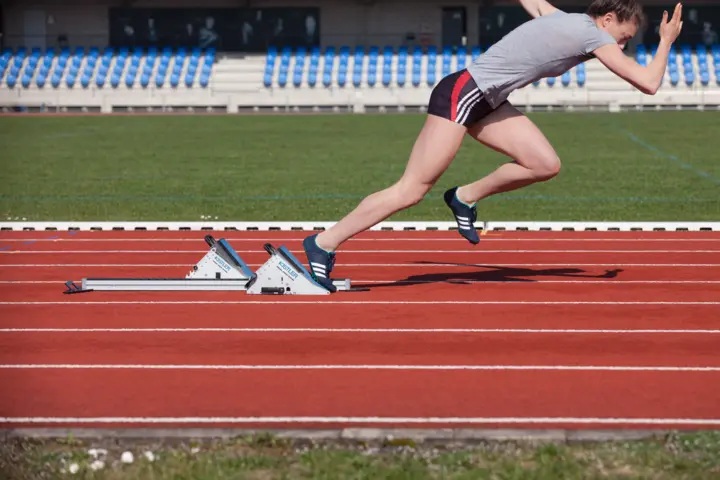



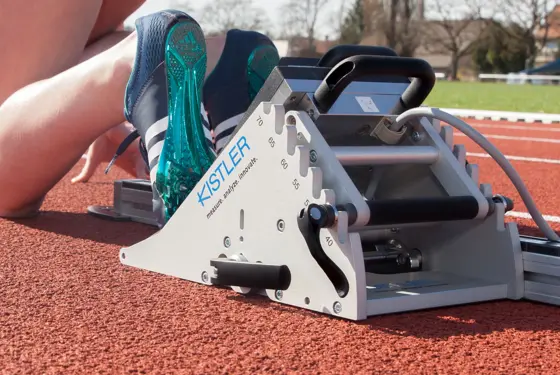



![Comprehensive performance analysis for swimming [object Object]](https://kistler.cdn.celum.cloud/SAPCommerce_Video_Preview_96x64/comprehensive-performance-analysis-for-swimming-43614.webp)


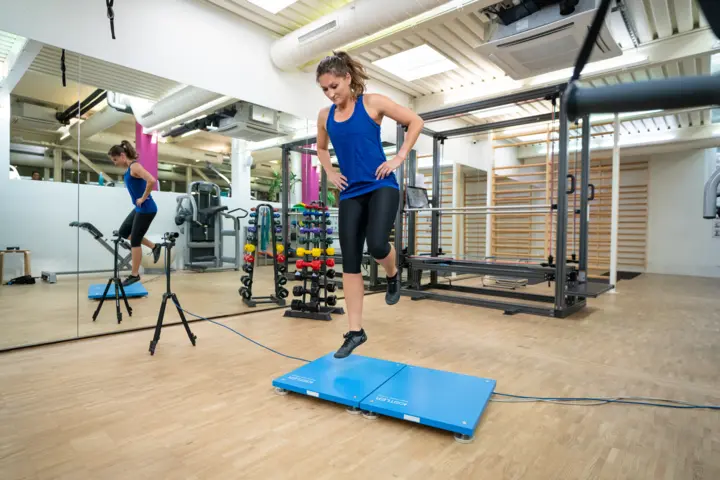



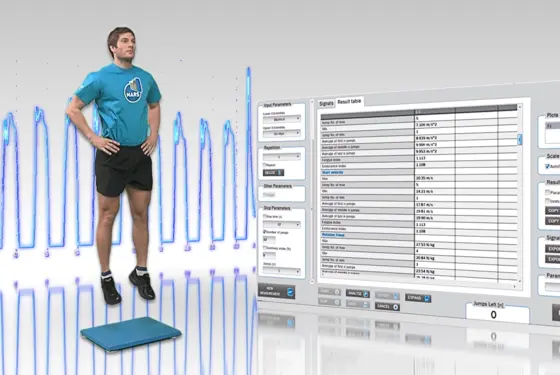
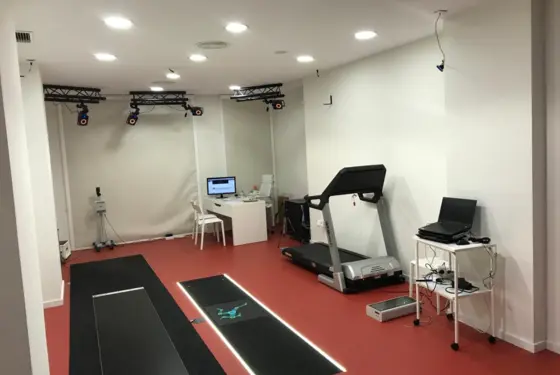
![[object Object] [object Object]](https://kistler.cdn.celum.cloud/SAPCommerce_CMSTeaser_560x375/jacksonville-jaguars-training-44142.webp)
![Unleash your body's full potential [object Object]](https://kistler.cdn.celum.cloud/SAPCommerce_Document_Preview/961-296e.webp)
![The new gold standard [object Object]](https://kistler.cdn.celum.cloud/SAPCommerce_Document_Preview/961-465e.webp)
![Efficient diagnostics: accurate jump force measurements are the key [object Object]](https://kistler.cdn.celum.cloud/SAPCommerce_Document_Preview/961-235e.webp)
![SCL Tigers in great shape through targeted training [object Object]](https://kistler.cdn.celum.cloud/SAPCommerce_Document_Preview/961-225e.webp)
![Biomechanics - Force Plates and Accessories [object Object]](https://kistler.cdn.celum.cloud/SAPCommerce_Document_Preview/960-364e.webp)